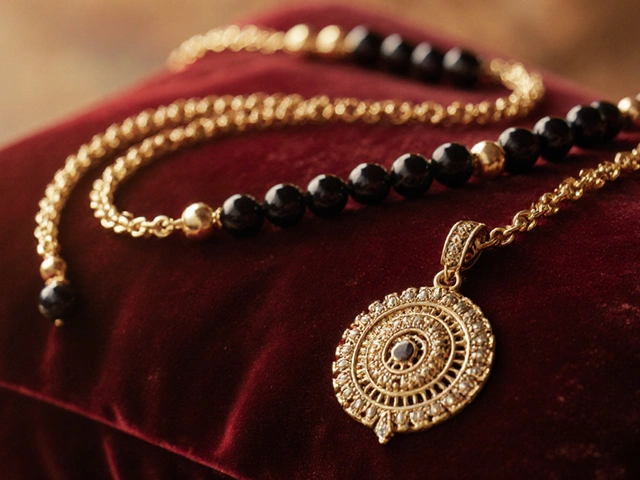Declare Jewelry US: How to Navigate Customs and Value
When working with declare jewelry US, the process of reporting personal jewelry to U.S. Customs and Border Protection when you travel or ship items. Also known as US customs jewelry declaration, it helps avoid fines and ensures you pay the right duty. U.S. Customs and Border Protection, the agency that enforces import rules and collects duties requires clear paperwork. A reliable jewelry appraisal, professional evaluation of a piece’s material, maker, and market value backs up your declaration, while understanding the gold hallmark, marks like 750 or 875 that show purity tells officers what metal you’re carrying. Knowing the import duty, the tax on jewelry based on its classification and value prevents surprise costs at the border.
Customs rules are simple: anything worth over $800 must be declared, and that includes rings, necklaces, or even a single gold coin. The rule works because the U.S. tracks incoming precious metals to protect the economy and prevent illegal trade. If you skip the form or give vague answers, the officer may assign a higher duty or hold your items. In short, clear honesty enables smooth processing and saves you time.
Hallmarks matter more than you think. A 750 stamp means the piece is 18‑karat gold, while 875 indicates 21‑karat gold common in India. When you show a hallmark, the officer can quickly verify metal purity without lab tests. That speeds up the duty calculation and reduces the chance of a misclassification, which could otherwise bump your tax rate. Keep a photo of the hallmark or a scanned certificate handy; it’s like a shortcut for the customs officer.
Brand and resale value also play a role. A Tiffany & Co. ring often carries a higher market price than a generic gold band. Knowing the resale potential helps you set a realistic declared value, which matches the duty you’ll pay. If you overstate, you might pay more than necessary; understate, and you risk penalties. Look up recent auction results or online marketplaces for similar pieces before you travel.
Duty rates follow the Harmonized System (HS) code for jewelry. Most gold items fall under HS code 7103, while silver is 7102, and plated pieces have different rates. The duty is usually a percentage of the declared value, ranging from 0% to 10% depending on the material and country of origin. A quick check on the CBP website shows the exact rate for your item, so you can estimate the cost ahead of time.
Documentation is your safety net. Bring original purchase receipts, appraisal reports, and any certificates that prove authenticity. If the piece was a gift, a signed statement from the giver can help. Even a simple spreadsheet listing each item, its weight, metal type, and estimated market value can satisfy the officer and speed up the process.
Common mistakes include forgetting to declare small items like earrings, assuming personal use items are exempt, or mixing up the value of a set with its individual pieces. Another trap is packing jewelry in checked luggage without a declaration; it may be considered lost or subject to additional inspection. Keep precious items in your carry‑on so you control the declaration and can answer any questions directly.
Packing tips: place each piece in a soft pouch, label the pouch with the item’s name and estimated value, and keep a master list in a notebook or phone note. If you’re shipping jewelry, use insured shipping and include a commercial invoice that lists the same details you would declare at the border. This consistency shows you’re transparent and reduces the chance of a customs hold.
Key Steps for a Smooth Declaration
1. Identify every jewelry piece you’re bringing.
2. Verify hallmarks and note purity (750, 875, etc.).
3. Get a professional appraisal or use trusted online price guides.
4. Calculate duty using the correct HS code and current rate.
5. Gather receipts, certificates, and a concise item list.
6. Declare everything on the CBP form and be ready to show documentation.
Following these steps makes the process painless and keeps you on the right side of the law. Below you’ll find a collection of articles that dive deeper into each aspect—from how to read gold hallmarks to tips on protecting the resale value of luxury pieces. Let’s explore the details that will help you master the art of declaring jewelry in the United States.
Do You Need to Declare Jewelry at US Customs? Complete Guide
Learn when and how to declare jewelry at US customs, understand duty rates, exemptions, and avoid penalties with clear step‑by‑step guidance.





